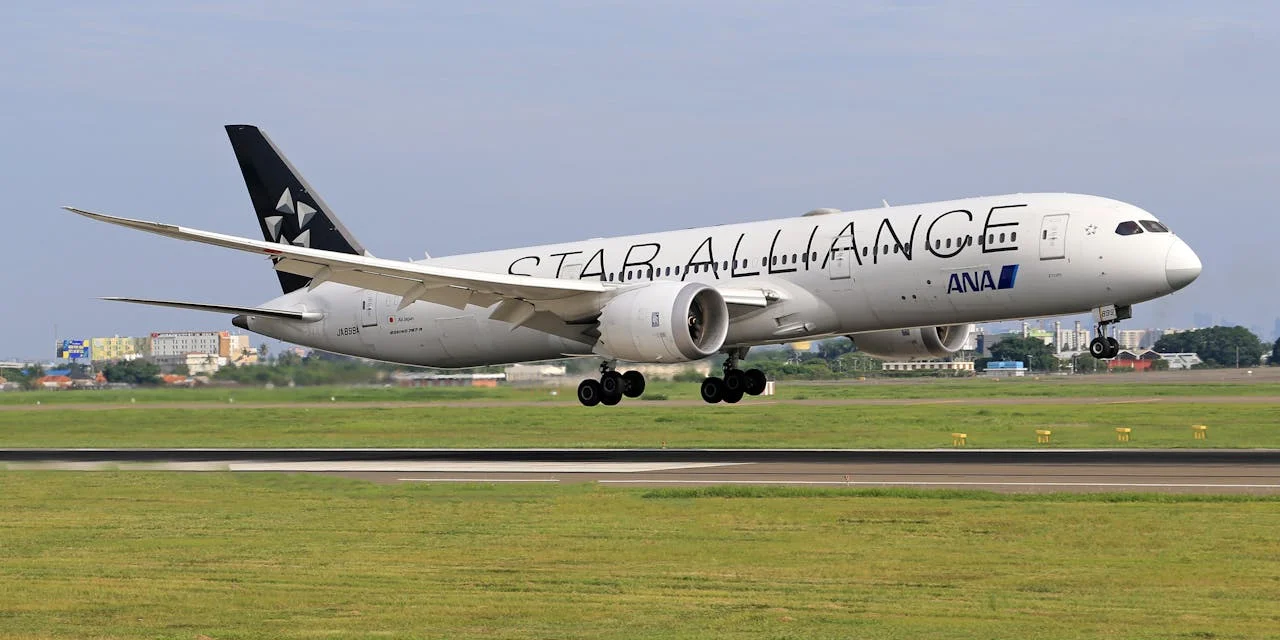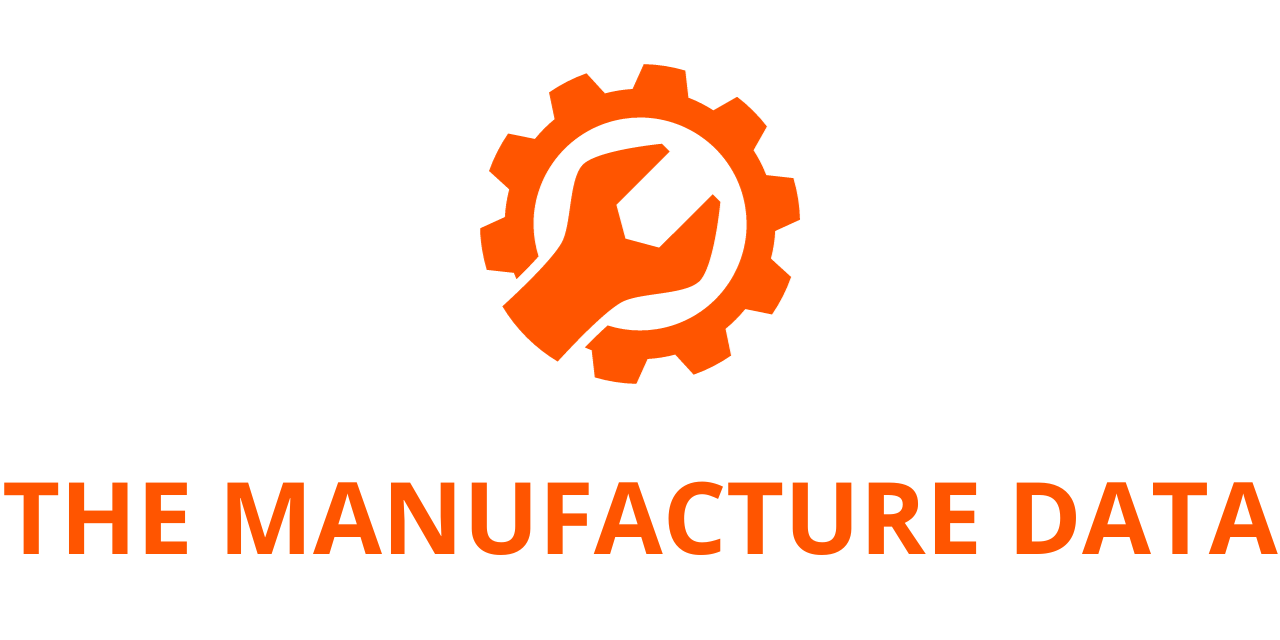
Airbus Defence and Space has successfully delivered the inaugural Sentinel-5 instrument to the European Space Agency (ESA), marking a significant step towards enhancing atmospheric monitoring capabilities. This instrument, known as UVNS (Ultraviolet Visible Near-infrared Short-wave infrared Spectrometer), is slated for integration onto the MetOp Second Generation Satellite A. Its primary mission will be to bolster the monitoring of air quality, changes in the ozone layer, and emissions stemming from wildfires.
As part of the cohort of “atmospheric sentinels,” Sentinel-5 is designed to address inquiries regarding Earth’s atmospheric composition. Its overarching goal is to provide continuous, global surveillance of atmospheric trace gases and aerosols (particulate matter) in support of the Copernicus climate monitoring program—a collaborative effort between the European Union and ESA. EUMETSAT, the European Organisation for the Exploitation of Meteorological Satellites, will oversee the operation of both the spacecraft and the instrument.
Sentinel-5’s scope extends to climate observation, air quality assessment, and ozone/surface UV monitoring. Positioned in a Low Earth Orbit (LEO), it will meticulously gauge atmospheric concentrations of various compounds including ozone, nitrogen dioxide, sulphur dioxide, formaldehyde, glyoxal, carbon monoxide, methane, and aerosols on a daily basis, covering the entire planet. The data collected will be harnessed by the Copernicus Atmosphere Monitoring Service (CAMS) and the Copernicus Climate Change Service (C3S), aiding operational climate monitoring and informing environmental policymaking. Moreover, the scientific community stands to gain invaluable insights into Earth’s atmosphere through the wealth of data furnished by Sentinel-5.
This high-resolution imaging spectrometer system operates across seven distinct spectral bands, enabling comprehensive analysis of light interactions within Earth’s atmosphere, ranging from ultraviolet to shortwave infrared wavelengths.
The development of the Sentinel-5 instruments has been a collaborative effort involving approximately 50 companies from 13 European countries. The rigorous performance standards necessitated advancements in various technological domains including optics, electronics, and structures.
Following the successful delivery of Sentinel-4 approximately 1.5 years ago, Sentinel-5 represents the second atmospheric sentinel crafted by prime contractor Airbus in Ottobrunn. Looking ahead, Airbus anticipates delivering three additional atmospheric sentinels—comprising one Sentinel-4 and two Sentinel-5 instruments—in the coming years. These satellites are poised to operate in orbit, supplying critical data for the next two decades and beyond.




